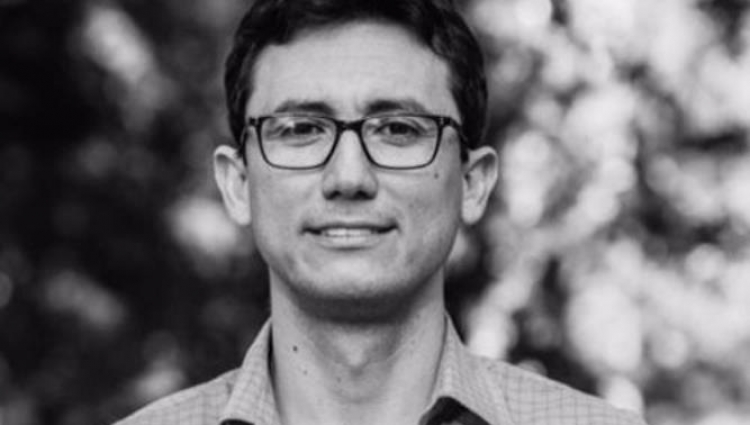Superconductivity in Hofstadter Systems from Repulsive Interactions
Publicado: 23/10/2022 - 11:12
Última modificação: 23/10/2022 - 11:16

Two-dimensional heterostructures with nanometer scale unit cells realized via moiré and nanopatterned engineering provide tunable platforms to observe electronic Hofstadter bands in lattices pierced by magnetic flux per unit cell comparable to the flux quantum h/e. The celebrated fractal spectrum and the topological properties of the single particle states have long been associated with quantum Hall phenomena. In this talk, I will theoretically discuss new states of matter that result when Hofstadter electrons form Cooper pairs. I will begin by providing a general symmetry-based classification of such Hofstadter superconductors that highlights the role of magnetic translation symmetries in determining the irreducible representations of such paired states [1]. This classification shows that Hofstadter superconductors are described by multi-component charge 2e order parameter supporting rich phase diagram, and that pairing implies breaking of magnetic translation symmetries.
Second, I will employ a renormalization group (RG) analysis on the square lattice Hofstadter-Hubbard model to demonstrate that the combination of repulsive interactions with the presence of a tunable manifold of Van Hove singularities provides a new mechanism for driving unconventional superconductivity in Hofstadter bands [2]. Specifically, the number of Van Hove singularities at the Fermi energy can be controlled by varying the flux per unit cell and the electronic filling, leading to instabilities toward nodal superconductivity and chiral topological superconductivity with Chern number C = ±6. The latter is characterized by a self-similar fixed trajectory of the RG flow and an emerging self-similarity symmetry of the order parameter. This analysis uncovers new potentialities for the realization of unconventional symmetry broken and topological orders in Hofstadter quantum materials.
[1] Theory of Hofstadter Superconductors, D. Shaffer, J. Wang and L.H. Santos, Phys. Rev. B 104, 184501 (2021)
[2] Unconventional Self-Similar Hofstadter Superconductivity from Repulsive Interactions, D. Shaffer, J. Wang and L.H. Santos, arXiv:2204.13116